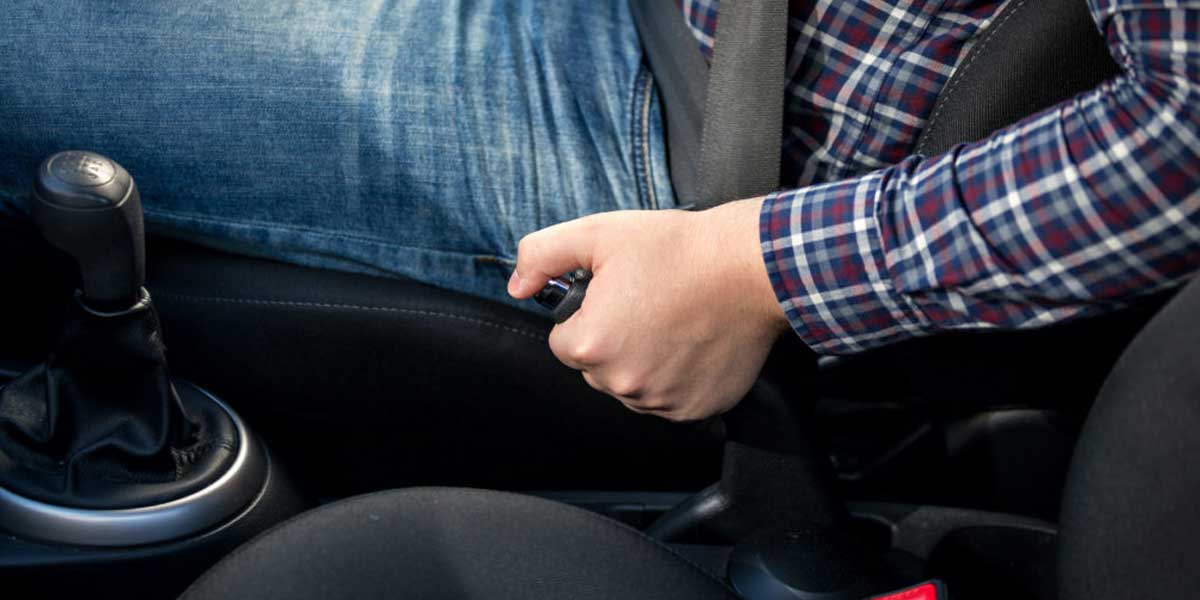If you’re a learner driver, you need to be able to handle a hill start. In fact, even if you’re experienced behind the wheel, it’s wise to refresh your knowledge about how to do a hill start. So, what is a hill start – and how do you do it?
What is a hill start?
You’ll face all kinds of hazards as a driver. Whether you’re facing the traffic of urban centres, narrow country roads, or a steep hill, you need to stay calm and collected.
If you have to start your vehicle’s engine and move off on a road with any kind of gradient, then you’re performing a hill start. The lower the gradient, the easier the hill start – but all require clutch control, as well as management of your brakes.
If you’re a learner driver, you’ll be asked to perform a hill start, so it’s sensible to know how to do a hill start before your lessons begin.
How do you do a hill start?
Many modern vehicles are fitted with Hill Start Assist technology.
However, if you’re a learner, you may have an older model of car which lacks this assistance. Even if your car has Hill Start Assist, it’s still wise to know how to do a hill start.
For manual vehicles
Hill starts are all about clutch control. Always start with your handbrake on. This will reduce the chance of your car rolling backwards down the hill. Remember that your car will struggle to move up any hill when it’s in a higher gear.
When the handbrake is on, use your clutch to get into first gear. You want to bring the clutch up to what’s called the biting point – you’ll know when you hit this because the sound of the engine will change, and you’ll feel the car shift, indicating that it’s ready to move. Gently press down on the accelerator.
Always use your mirrors to check that it’s safe to move away. You can then release the handbrake, and give the clutch a little more bite. Slowly take your foot off the clutch as you ease your other foot onto the accelerator. The car will then move up the hill.
For automatic vehicles
Hill starts are easier in automatic vehicles as there’s no clutch control to worry about.
Once on the hill, ensure that your gearbox is in D (drive) and your handbrake is on. Gently press down on the accelerator until you feel the car beginning to strain against the handbrake.
Once you have checked that it’s safe to move off, you can release the handbrake, allowing the car to move off and up the hill.
Finance your new set of wheels
If you’re looking to upgrade your car to a model with more safety features, you can always check your car finance eligibility. Alternatively, contact My Car Credit today to learn more about how we can help.
Rates from 9.9% APR. Representative APR 10.9%
Evolution Funding Ltd T/A My Car Credit
Require more help?
Got a question you can’t find the answer to, or need some advice and guidance around taking out car finance? Our Car Credit Specialists are friendly, experienced, and here to help so get in touch today!



